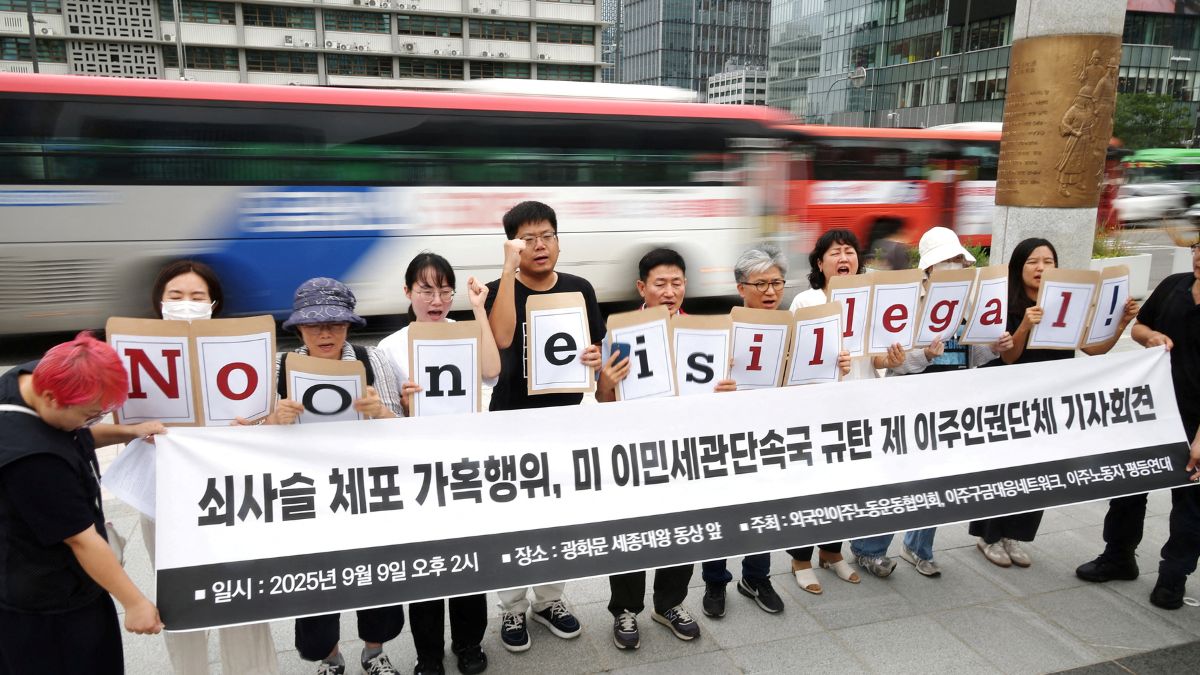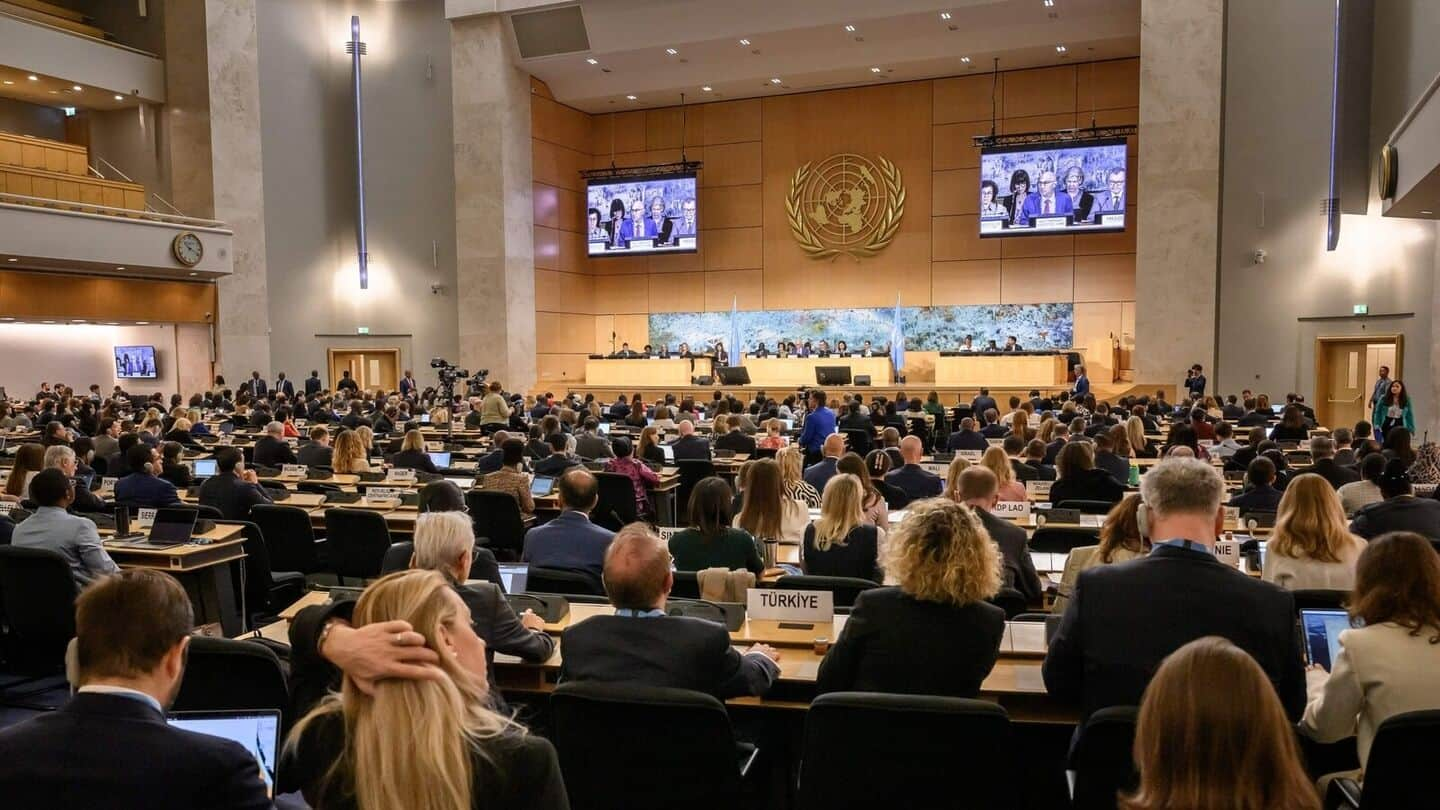When most people think of festivals, their minds jump straight to the big ones — Holi’s burst of colours, Rio’s dazzling carnival, or Coachella’s endless
Instagram grids. But tucked away across the world are celebrations that don’t chase the spotlight. They live and breathe for the communities that created them, blending history, myth, food, and performance into rituals that feel both intimate and spectacular. These festivals are more than just entertainment; they’re about identity, memory, and a shared sense of belonging. From Geneva’s torchlit Fête de l’Escalade to Thailand’s Monkey Buffet, Bulgaria’s masked Surva, South Korea’s mud-soaked revelry, and Peru’s grand Sun Festival, each one carries a story worth travelling for. Take a look at some of the world’s most fascinating celebrations you might not have heard of but won’t forget once you do.
Fête de l'Escalade, Switzerland
Every year the second weekend of December transforms Geneva into a theatrical stage, where the city and its people reenact the valiant victory of 1602 over invaders. Locals dress up in period costumes and march with torches through the old town. The streets are filled with the aroma of mulled wine and hearty Swiss soups that adds to the festive aura.
The Fête de l'Escalade blends history, tradition, and celebration, honouring Geneva’s resilience while uniting the city in joy and remembrance. It’s both a festive gathering and a lasting symbol of shared victory.
Monkey Buffet Festival, Thailand
Lopburi, a town in central Thailand, is famous for its temples filled with monkeys. Each November, it hosts the Monkey Buffet Festival, where 2,000 macaques enjoy a lavish feast. The tradition is tied to the Ramayana, in which Lord Rama built Lopburi with Hanuman’s help. Locals regard the monkeys as Hanuman’s descendants and treat them as sacred. Feeding them is believed to bring prosperity and good fortune to the town.
Surva Festival, Bulgaria
Surva, held annually in Pernik, Bulgaria, is the Balkans’ largest international festival of masquerade games. Taking place on the last weekend of January, it celebrates ancient Bulgarian customs through striking masks, costumes, music, and dance, with participants from both Bulgaria and abroad keeping these folklore traditions alive. It is believed, participants put on scary masks and costumes to shoo away the bad powers.
Boryeong Mud Festival, South Korea
The Boryeong Mud Festival, launched in 1999 to showcase the beauty benefits of Boryeong’s mineral-rich mud, is one of South Korea’s biggest summer events. Held on Daecheon Beach, two hours from Seoul, it draws the largest number of international visitors among local festivals. Guests dive into mud wrestling, obstacle runs, and giant mud baths, or unwind with mud massages and seaside dips. With live music, fireworks, and a kids’ zone, the festival blends play, relaxation, and entertainment into a unique celebration.
Inti Raymi, Peru
Inti Raymi, the largest festival of the Inca Empire, is celebrated every year on June 24, coinciding with the winter solstice, the shortest day of the year. In Cusco, over 800 performers in traditional costumes bring the celebration to life with dances and reenactments across iconic sites such as Qorikancha Temple, Sacsayhuaman, and the Plaza de Armas. Historically, the Sun Festival was a 15-day ritual established by Emperor Pachacutec to honor the Sun god, Apu Inti, and ensure a bountiful harvest for the Inca realm. It’s a deeply spiritual and theatrical celebration.













